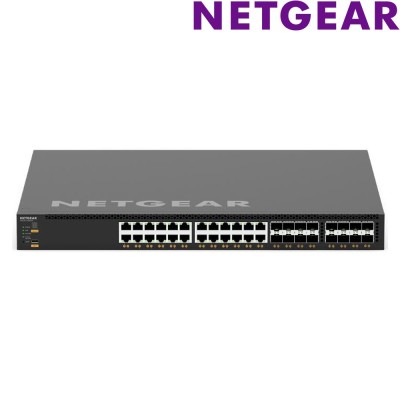Wohler iVAM2-2 3G-SDI Audio and Video Monitor


Wohler iVAM2-2 Audio and Video Monitor: Essential control center for your workflow
The Wohler iVAM2-2 is a compact, high-performance professional audio and video technical monitoring solution, designed to seamlessly integrate into the most demanding professional production and broadcast environments. This powerful system is not just a monitor, but a dual control center for video and audio, ensuring maximum confidence in the quality of your content.
Built into a robust 2RU chassis for standard rack mounting, the iVAM2-2 combines Wohler's legendary audio quality with intuitive video monitoring. Its most outstanding feature is the two 4.3-inch capacitive LCD touchscreens, which allow you to simultaneously view the incoming video and high-resolution audio level meters (for up to 16 channels). This dual-screen configuration optimizes the workflow, enabling operators to make quick and precise decisions.
The iVAM2-2 comes equipped with essential standard connectivity, including two 3G-SDI inputs and one 3G-SDI loop output, in addition to balanced Analog Audio input and output via XLR. With the future and maximum versatility in mind, the monitor is highly expandable. Through optional cards and software licenses, it can incorporate support for the most advanced Audio over IP (AoIP) protocols such as Ravenna/AES67 and Dante, as well as video technologies SMPTE2110 and SMPTE 2022-6 via optional modules, ensuring its relevance in modern IP infrastructures.
For uncompromising acoustics, it features a high-power speaker system, offering an acoustic output of 104dB SPL at 70cm and a power of 15W RMS per channel, ensuring clear and detailed listening even in noisy environments. Management is simple thanks to its intuitive, web-based user interface and available APIs, allowing for remote updates and control of multiple units on the network. The iVAM2-2 is the definitive tool for professionals who demand reliability, power, and adaptability in monitoring complex signals.
Wohler iVAM2-2 technical specifications
- Chassis Format: 2RU for standard 19” rack
- Displays: 2 x 4.3” (109mm) Capacitive LCD Touchscreens
- Display Resolution: 480H \ 272V
- Audio Channels: 16 channels maximum
- Standard Inputs/Outputs:
- 2x 3G-SDI Inputs (on BNC)
- 1x 3G-SDI Output (on BNC, of selected source)
- 1x Analog Audio I/O Pair (on XLR)
- 1x HDMI Output (of monitored video)
- Speaker Power: 15W RMS per side (30W Peak)
- Maximum Acoustic Output: 104dB SPL @ 70cm
- Network Connectivity: Ethernet (for control, monitoring, and updates)
- Expansion Options (via optional licenses/hardware):
- Audio over IP: Ravenna/AES67, Dante
- Video over IP: SMPTE 2110, SMPTE 2022-6 (via SFP)
- Digital Audio: AES3 (via HD-15), MADI (via BNC and/or fiber SFP)
- Other I/O: Option for 8 additional Analog I/O channels, TOSLINK.











